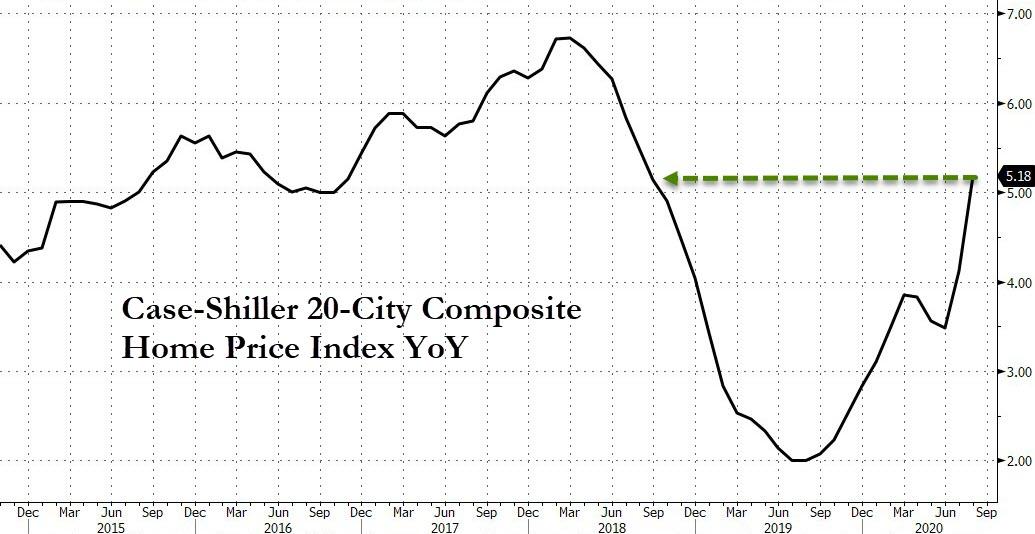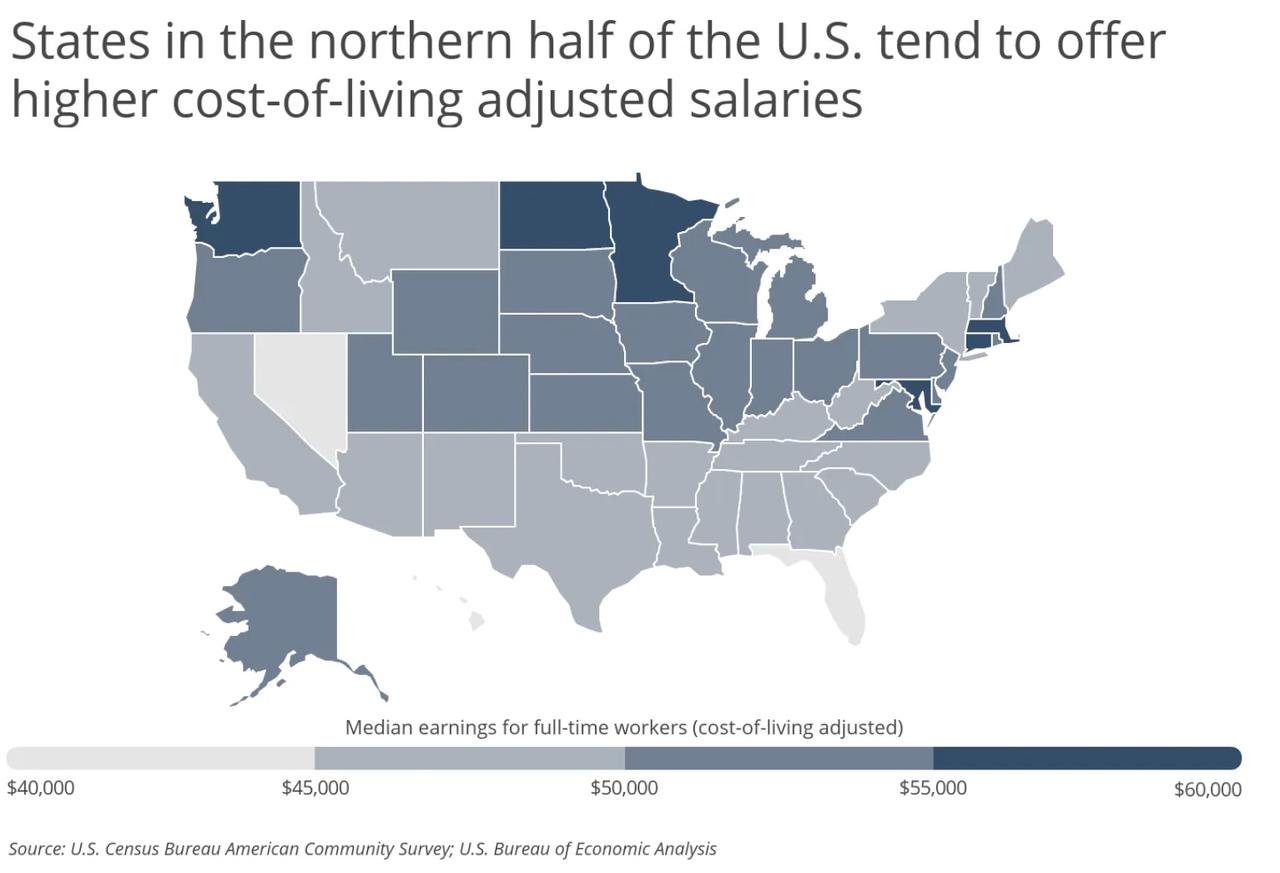I fondly remember Mike as the rare student who cared not about grades, but rather about ideas and how to apply them. Generations of students will know him through the Chapter Four textbook story of how he (the CEO) designed a successful incentive pay scheme.
4.5 Tie Pay to Performance Measures That Reflect Effort
Measuring performance is a critical part of any organization, as the following story illustrates. In 1997, a 50-year-old chief operating officer (COO) with a bachelor’s degree in journalism and a law degree managed a consulting firm with 10 account executives. The COO was in charge of keeping clients happy and ensuring that the account executives were working in the best interests of the company. The COO earned a flat salary of $75,000.
After taking classes in human resources, economics, and accounting, the CEO recognized that the usual accounting profits were not motivating the COO to work harder. He sat down with his COO, and together they designed a new metric. All revenues counted toward the COO’s “profit” goal. But only the expenses that the COO controlled directly—like compensation and office expenses—were “charged” against his profit metric. All overhead items, like rent, were placed in another budget because the COO could not control them; that is, they were “fixed” with respect to his effort.
The CEO and the COO both agreed that, without much effort, the COO could earn4 $150,000 each quarter. But earning more would take extraordinary effort. To motivate the COO, they agreed on an incentive compensation scheme that paid the COO one-third of each dollar that the company earned above $150,000.
After making the change, the COO’s compensation jumped to $177,000— an increase of 136%—but the firm’s revenues also jumped from $720,000 to $1,251,000—an increase of 74%. A good economy certainly contributed to the increase, but the compensation plan also helped. Revenue increased because the COO pushed hard to make and exceed earnings goals and, for the first time, he worried about expenses. For example, he attempted to contain costs by asking why phone bills were so high.
Along with changing the COO’s compensation scheme, the CEO also moved to a system of incentive pay for the account representatives. This had equally dramatic effects on the account representatives—except for one employee who was going through a divorce. The incentive pay scheme did little to increase his marginal incentives because half of everything he earned went to his estranged wife. In other words, the marginal benefit of extra work for this employee was half as much as that of other employees, and he responded by working less hard.
















